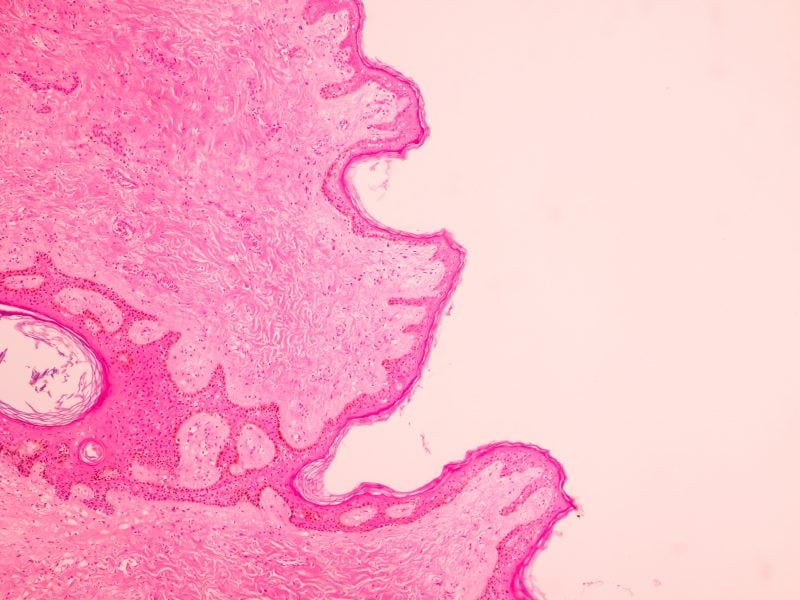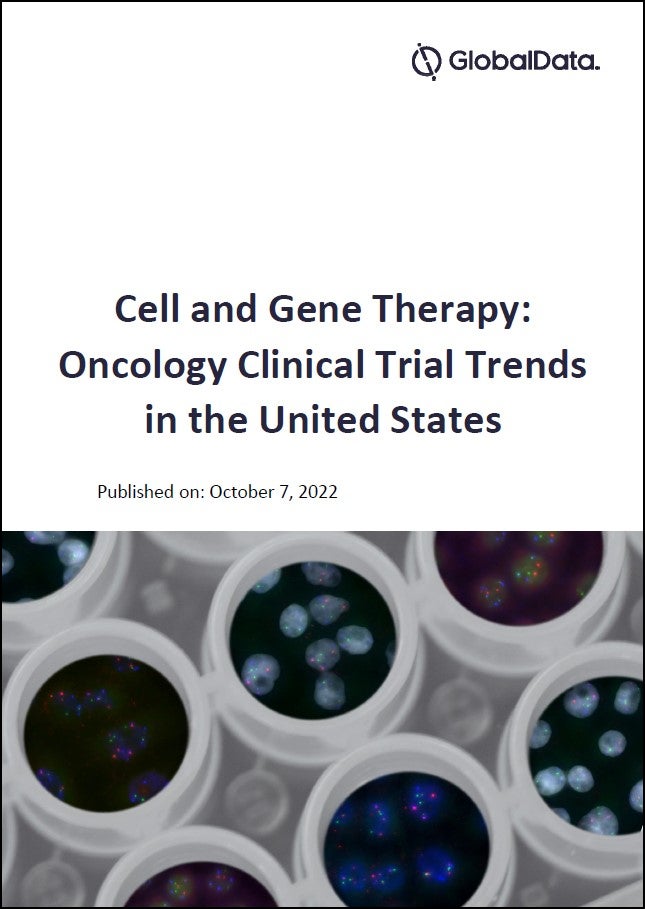
Breast cancer is the second most common cancer globally, and the most prevalent in women and in the UK. Although there were approximately two million new cases diagnosed globally this year, the death rate from breast cancer has plummeted drastically since the 1980s.
Research by Cancer Research UK found that the death rate for breast cancer in the UK has fallen 44% in nearly 30 years, meaning more than 130,000 people in the country have survived the condition since 1989, when breast cancer deaths reached a record high. According to the Office of National Statistics the five-year survival rate for breast cancer in the UK is 87%, more than 15% higher than in the late 1980s.
This trend is found globally; in the US the American Cancer Society recorded a 40% drop in the number of deaths from breast cancer between 1989 and 2016, and the World Health Organisation noted that breast cancer is now the fifth biggest cause of cancer death, despite being the second most common cancer.
Cancer Research UK concludes this amazing achievement is due to significant advances in both diagnosis and treatment. The charity’s CEO Michelle Mitchell commented: “These numbers show that research is working, and we should celebrate the considerable progress that’s been made.”
Focusing specifically on treatments, what are the main innovations that have brought us to a point where the vast majority of patients are surviving breast cancer?
How well do you really know your competitors?
Access the most comprehensive Company Profiles on the market, powered by GlobalData. Save hours of research. Gain competitive edge.

Thank you!
Your download email will arrive shortly
Not ready to buy yet? Download a free sample
We are confident about the unique quality of our Company Profiles. However, we want you to make the most beneficial decision for your business, so we offer a free sample that you can download by submitting the below form
By GlobalData1882: First radical mastectomy for breast cancer
Although tumours in breast tissue have been observed in patients since ancient times, it wasn’t until the 1750s that scientists began to realise that cancer was a localised disease, and therefore could be surgically removed.
These theories led John Hopkins Hospital professor of surgery William Halsted to begin performing radical mastectomies. In these early surgeries the whole breast was removed, as well as underlying chest muscle; later on, a patient’s collarbone was divided and the supraclavicular lymph nodes were also removed in the procedure.
Halsted found that local recurrence in the 50 patients he treated with this invasive procedure in the first 12 years fell from the 56% European average to 6%. However, there was little evidence of improvement in patient’s overall survival (OS). Despite this, radical mastectomies became the standard of care well into the 1900s.
1930s: Away from surgery and towards radiotherapy
Following the invention of the X-ray by Wilhelm Conrad Röentgen in 1896, radiation-based approaches quickly became used in diagnosis and treatment of various cancers. By the 1930s radiotherapy became used as an alternative to invasive radical mastectomy procedures, which were becoming increasingly controversial due to the associated disfigurement of patients and the inducing of sarcomas.
Over the next century, radiotherapy became significantly more targeted, effective and sensitive, and it remains one component of breast cancer therapy today.
1960s-70s: Chemotherapy emerges as a treatment option
First conceived during the Second World War as military uses of sulphur mustards were observed to have an impact on the bone marrow and lymph nodes of soldiers, the use of chemical-based therapies began to emerge as a possible treatment option for cancer in the 1950s and 1960s.
The primary way chemotherapy was used in breast cancer was in combination with surgery or radiotherapy treatments to add to the efficacy of their anti-tumour effects – so adjuvant chemotherapy became a staple in breast cancer treatment.
In the 1970s, chemotherapy’s usefulness to treat breast cancer on its own emerged. The first to be approved by the FDA was Pfizer’s doxorubicin, known as Adriamycin, in 1974. This drug is still used in breast cancer treatment today, despite its unpleasant side effects, which, combined with its red colour, has earned doxorubicin the nickname ‘Red Devil’.
1977: FDA approves first anti-oestrogen drug, tamoxifen
Since the 19th century scientists had been aware of the hormonal basis of breast cancer, however, it took until 1977 for the FDA to approve the first anti-oestrogen drug, AstraZeneca’s Nolvadex (tamoxifen).
AstraZeneca had first synthesised it as a contraceptive in 1962, but later found it to be effective in oestrogen receptor-positive (ER+) tumours. Today it is still the gold-standard of treatment in ER+ tumours.
Since its initial approval, tamoxifen has been approved in further breast cancer indications, as studies revealed it was effective as adjuvant, post-surgery therapy and for preventative use in those at a high risk.
1980s: Embracing less invasive surgery options
University of Pittsburgh professor of surgery Dr Bernard Fischer called for better clinical evaluation of treatment options through the use of randomised clinical trials.
He performed a study, in which he compared a radical mastectomy with a less invasive lumpectomy – known as breast-conserving surgery, as only a portion of the breast is removed – combined with radiotherapy. The two surgical techniques had the same survival rates, causing lumpectomy to begin to be used as standard treatment.
1998: FDA approves Herceptin, first targeted breast cancer immunotherapy
Following the discovery of epidermal growth factor receptor (EGFR) as potential breast cancer target in 1974, scientists cloned the HER2 gene, which is a member of the EGFR family, and demonstrated it was over-expressed in breast cancer patients.
Genentech demonstrated that a monoclonal antibody, named Herceptin (trastuzumab), which targeted the HER2 oncogene could specifically inhibit the growth of HER2-positive (HER2+) breast cancer cells. The company received fast track FDA approval for the immunotherapy in 1998.
2000s: Preventative surgery for those with genetically higher risk
In 1994, breakthroughs were made in understanding the genetic underpinning of breast cancer when researchers identified two breast-cancer associated genes, BRCA1 and BRCA2, and that carriers of mutations in these genes had a significantly higher – between 40% and 80% – risk of developing breast cancer.
As a result, since the mid-1990s, BRCA genetic testing has become crucial to identifying risk profile in breast cancer and ensuring early diagnosis, which key in this type of cancer.
Following this, in the early 2000s, studies began to investigate the possibility of a preventative mastectomy for BRCA positive patients. Although more invasive than lumpectomies, these mastectomies can help to preserve breast skin and allow for more natural chest appearance post-procedure than the 1880s versions.
2000s-10s: Overcoming resistance to existing therapies
In the early 2000s, more effective anti-oestrogen drugs began to enter the market. An example is AstraZeneca’s first-in-class selective oestrogen receptor degrader Faslodex (fulvestrant), which was approved by the FDA in 2002. It is a full agonist of oestrogen, whereas tamoxifen is only a partial agonist, and was effective in tamoxifen-resistant tumours. Fulvestrant was studied in combination with an aromatase inhibitor, another oestrogen-targeting therapeutic approach, therefore building on the successful trend of adjuvant and combination methods in breast cancer.
Similarly, to overcome a growing lack of response to Herceptin, the FDA approved GlaxoSmithKline’s Tykerb (lapatinib) in 2007. In addition to inducing an immune response in HER2, like Herceptin, Tykerb also inhibits HER1, another gene in the EGFR family. It also is effective in more breast tumour types – hormone receptor-positive (HR+) breast cancer, as well as HER2+ tumours – than Genentech’s original drug.
2019: Developing immunotherapy beyond HER2+ tumours
Herceptin is an example of a monoclonal antibody-based immunotherapy in breast cancer, however, in contrast to other cancers, researchers have largely struggled to use drugs to trigger immune-based responses from breast cancer tumours.
An important breakthrough in immunotherapy outside of patients with HR+ or HER2+ tumours, which Herceptin and Tykerb can target, is the FDA’s March 2019 approval of Roche’s Tecentriq (atezolizumab) for patients triple-negative, metastatic breast cancer whose tumours express programmed death-ligand 1.
Triple-negative breast cancer tumours do not express receptors for oestrogen, progesterone or HER2, meaning the existing therapies are largely ineffectual in this patients and there is a serious unmet need.
2019: Ensuring male breast cancer patients are not left behind
Although it is rare, breast cancer can occur in men as they also have small amounts breast tissue; a fact that remains relatively unknown.
Unfortunately, the small size of this patient group means that men are largely excluded from screening programmes and also creates serious challenges in conducting clinical trials. Consequently, there are limited options specifically for men and instead they are prescribed off-label drugs studied in women.
In 2019, Pfizer’s first-in-class drug Ibrance (palbociclib), which has been approved since 2015, was also sanctioned specifically for men, following the FDA approval of a label expansion based upon real world evidence. However, more innovation is needed as Ibrance is only effective in ER+ and HER2+ breast cancer tumours.




